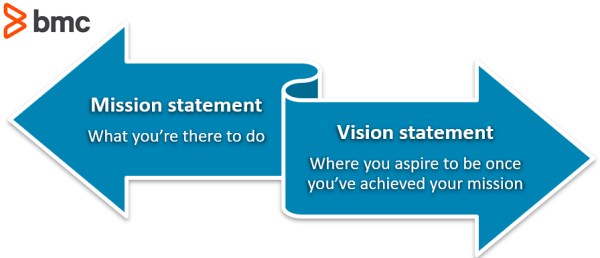Vision Statement
What is a Vision Statement?
Definition:
A vision statement is a concise declaration that outlines an organization’s aspirations, long-term objectives, and the fundamental principles guiding its future. It serves as a beacon, providing a clear and inspiring picture of where the organization aims to be and the impact it seeks to make in the world.
Analogy:
Imagine a vision statement as the North Star for a company’s journey. Similar to how the North Star serves as a constant point of reference for navigation, a well-crafted vision statement guides and aligns the organization, ensuring that every decision and action contributes to the realization of its overarching goals.
Further Description:
A comprehensive vision statement typically includes the following elements:
Core Values: Expresses the fundamental beliefs and principles that shape the organization’s culture and behavior.
Long-Term Objectives: Articulates the desired future state or achievements that the organization aspires to reach over an extended period.
Impact on Stakeholders: Describes the positive changes or contributions the organization seeks to make for its customers, employees, and the broader community.
Inspiration and Motivation: Elicits a sense of purpose and motivation among employees, inspiring them to work towards a shared and meaningful goal.
Why is a Vision Statement Important?
Guidance and Direction: Provides a clear direction for the organization, helping leadership and employees make decisions that align with long-term goals.
Employee Alignment: Unifies and aligns employees around a common purpose, fostering a sense of belonging and shared commitment.
Strategic Decision-Making: Guides strategic planning and decision-making processes, ensuring that initiatives contribute to the realization of the organization’s vision.
Stakeholder Confidence: Builds confidence and trust among stakeholders, including customers, investors, and partners, by showcasing a compelling and purpose-driven future.
Examples and Usage:
Tesla: “To create the most compelling car company of the 21st century by driving the world’s transition to electric vehicles.”
Google: “To organize the world’s information and make it universally accessible and useful.”
Oxfam: “A world without poverty: Oxfam’s vision is a just world without poverty.”
Key Takeaways:
- A vision statement encapsulates an organization’s long-term goals, core values, and intended impact.
- It serves as a guiding force, directing strategic decisions and inspiring employees towards a shared vision.
- A well-crafted vision statement contributes to stakeholder confidence, employee alignment, and strategic clarity.





